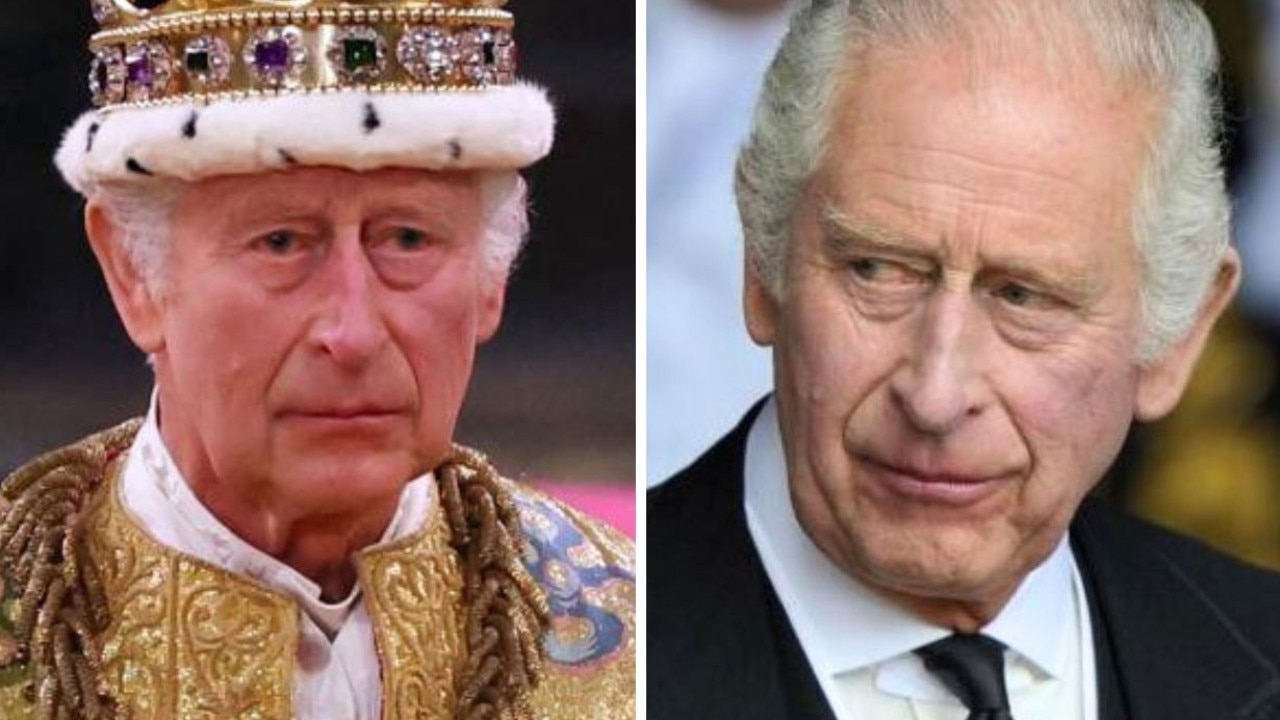How Annette Kellerman overcame childhood disability to become ‘The Perfect Woman’
Her life was an unbelievable adventure: sports star, movie darling, sex symbol and wild child who inspired women across the world. Yet it almost never happened.
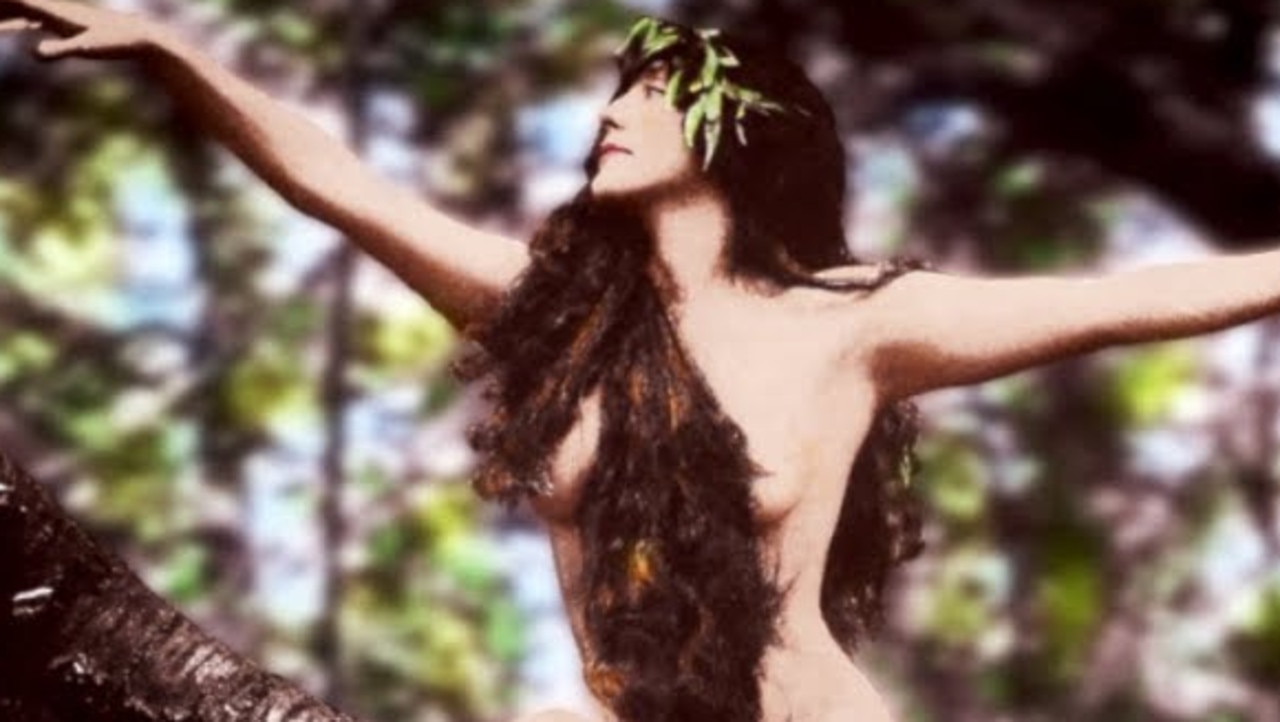
Her life was a rollicking romp, from sex symbol swimming sensation to global movie star who risked her life – repeatedly – to thrill audiences. But it could have been very different for Australia’s Annette Kellerman, as this extract from GRANTLEE KIEZA’s new book shows.
Piano genius Alice Charbonnet-Kellerman and her husband Fred Kellerman doted on all their children, and Annette always felt that she was special. But she also knew she was different.
While older brother Maurice scampered about their Sydney home, Annette was still immobile at the age of two, unable to stand upright, let alone walk. Her stumpy little legs were bowed and there was a thickening of the ankles, wrists and knees.
Doctors gave Alice and Fred the grim news that Annette was suffering from rickets, which, in its most severe forms, can lead to seizures and death.
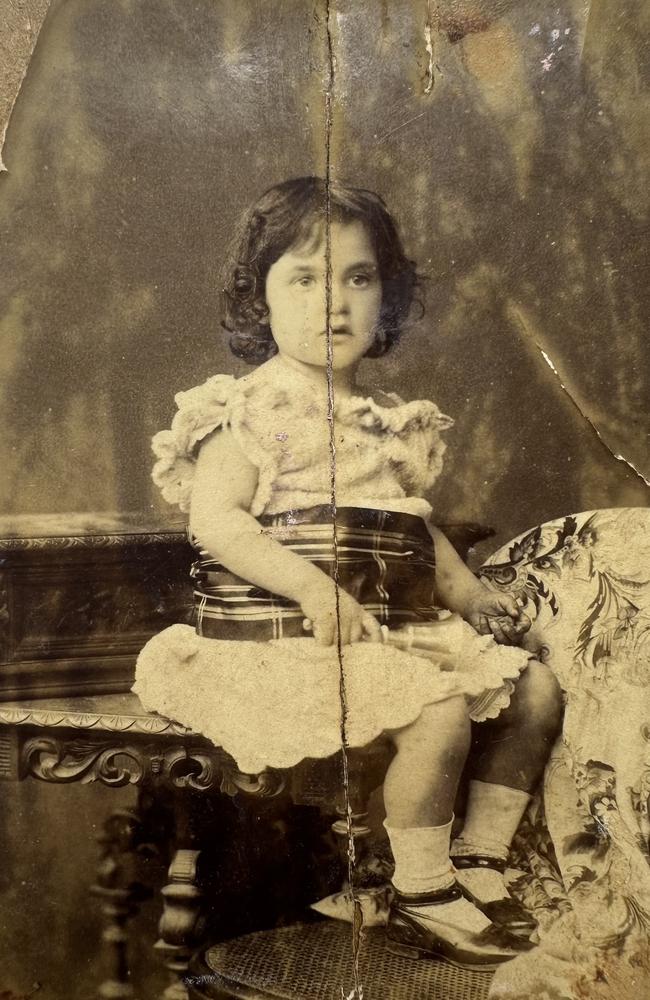
Annette would endure many years of pain and despair as the condition worsened. So did Fred and Alice, as they fretted over what would become of their darling child.
To straighten her bones, Annette’s legs were strapped into hard, unforgiving braces made of iron and leather. ‘Mother had grand plans for her children,’ Annette wrote years later, ‘but as
I hobbled about, a frail and sickly child, no one thought I would ever amount to anything, and even my fondest relations believed that I was not very long for this world.’
As Annette approached her seventh birthday, one of her parents’ friends suggested they take her to Sydney’s glorious beaches as often as possible and ‘let her splash her legs in the sea’.
Free from the braces, with the shallow waves rolling over her and the white sand below, little by little Annette’s bandy legs strengthened and straightened ever so slightly, until she began to believe that one day she would walk unaided.
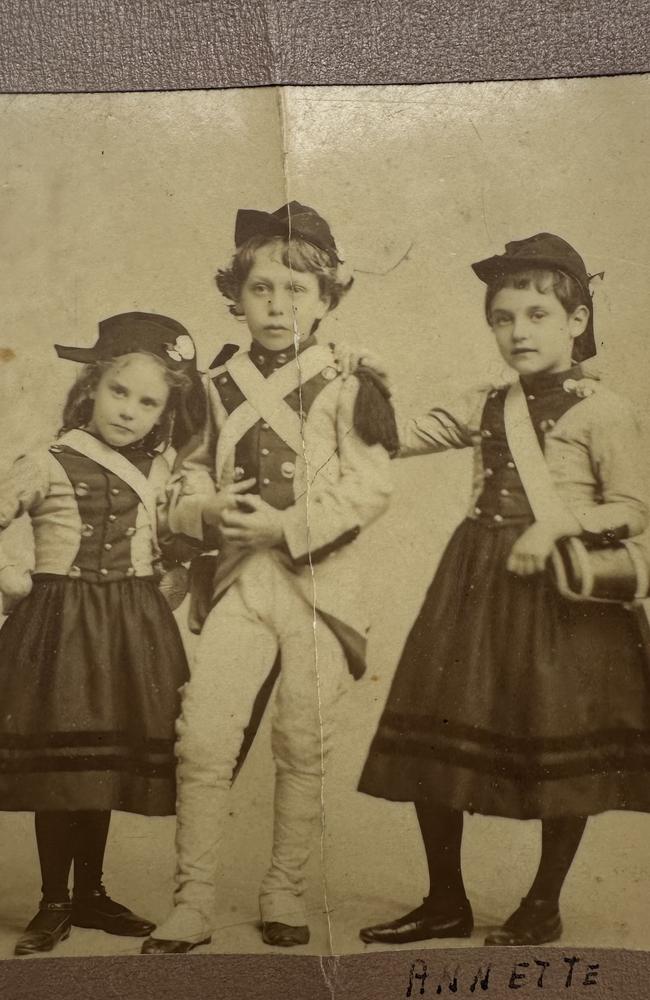
With salt water proving such an elixir, Fred and Alice consulted doctors again. They advised that Annette should learn to swim and practise regularly to build up her legs and body.
As the years progressed, with encouragement from her parents and lessons from Australia’s famous family of swimmers, the Cavills, swimming came to equal freedom for Annette. She felt her small, frail body transforming and developed a spiritual connection with the water. She became one with it and it became one with her.
TAKING THE PLUNGE
Her body transformed, teenage Annette persuaded her father to let her race and began doing aquatic performances.
In December 1901, the East Sydney Swimming Club staged its annual carnival, with a huge crowd lining the pool’s surrounds on a glorious summer day.
Annette was contesting a 45-yard race in a sport that still did not have an overabundance of female competitors.
She surged through the water like an orca and won by ‘a touch’. Eleven years later, two of her rivals, Fanny Durack and Mina Wylie, would finish first and second in the 100-metres freestyle final at the Stockholm Olympics.
After the race Annette and Vera Buttel – clad in their then-risque unitards – gave a breathtaking display of high diving from a platform about 16m above the water.
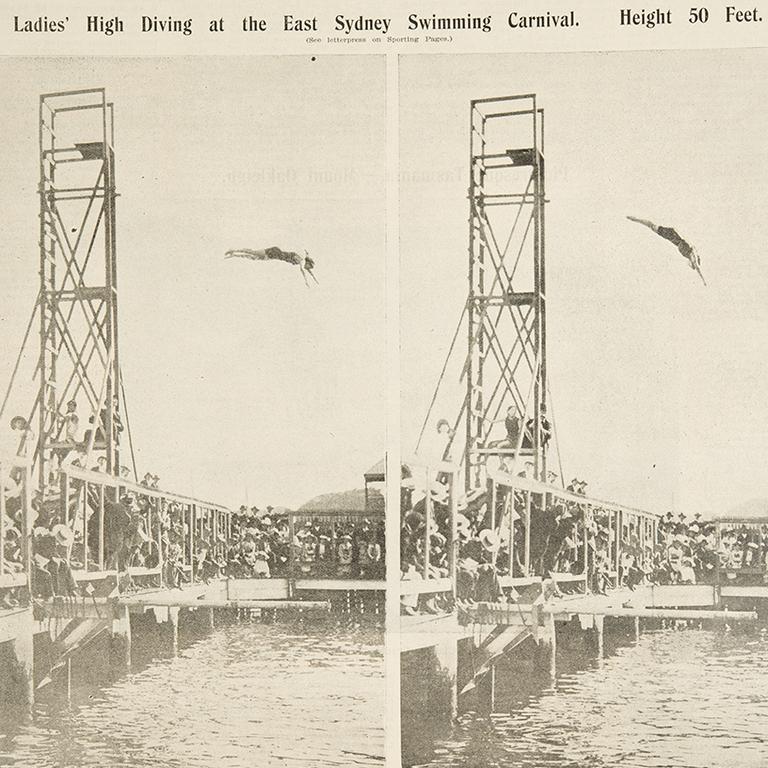
Annette reckoned no girls had ever made public displays of such stunning dives, and she credited her ballet training for her gracefulness and skill.
Photographs of the girls’ dazzling diving appeared in the popular press. Young women, baring arms and some leg, making death-defying dives into water from dizzying heights was unheard of. Whatever was the world coming to?
Before she knew it, at just fifteen, Annette had become a major personality in the Australian sports world. The enormous publicity quickly convinced her that her star was only going to burn brighter and brighter.
BREAK EVERY RULE
After wowing Australia with her athleticism and her thrilling – and often dangerous – water stage shows, Annette went overseas. She became a sensation in the UK, where she tried to swim the Channel, then in Europe.
Annette broke every mould as a sportswoman, and though she never admitted to being deliberately provocative, she could not have failed to realise that she had become a great favourite of the French, not just for her swimming but because of her daring costumes and the form they revealed. With the innocent smile of youth, she could still shock the very foundations of social convention.
On 14 July 1906, crowds lined the bridges and shoreline of the River Seine, for the start of the 12-kilometre race through Paris.

There were sixteen professional starters, including Annette. They were sent off together in groups of three or four at intervals of 15 to 30 minutes.
Annette was still chewing on a chicken wing for breakfast when, with a roar from the great crowd, she took off at 8am with England’s 21-year-old Dora Herxheimer, an art student described as ‘a lithe, dark-haired splendidly built little woman’ and Rosa Frauendorfer, the muscular Austrian entrant who, like Annette, was just 20.
Rosa had her own unique style of swimming, with a remarkable stroke in which she combined ‘the breast, the side, and the overarm strokes’. Sometimes she would dive under the water and resurface many metres ahead, to raucous cheers.
The three stayed close, until Dora dropped out.
The men’s finish, ahead of the women, was marred by claims of cheating – but the sour note could not overshadow Annette’s thrilling battle with Rosa. They swam abreast from start to finish, only centimetres dividing them the whole way.
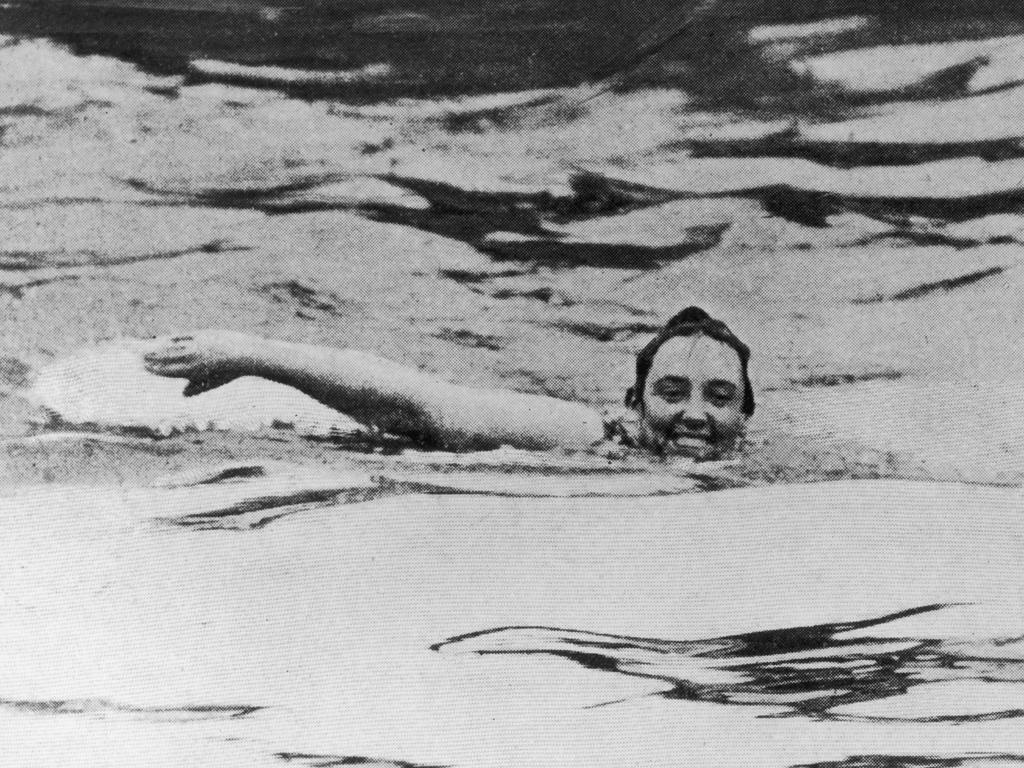

In the end, Annette beat Rosa by just 1.2 seconds, covering the course in 3 hours, 59 minutes and 30 seconds.
Annette once again showed that she had no regard for the staid social conventions of the time. At the finish the young women embraced in the water, sending the crowd wild as ‘they kissed each other fervently’.
Annette was hailed as a thoroughly ‘modern mermaid’ who was doing so much to advance the cause of women in a society where they were still expected to know their place in a man’s world. ‘It is the day of feminine achievement,’ one Australian newspaper remarked, ‘and there is already a proposition in the air to found an academy for young women, where they shall be taught the sports.’
THE FIRST INFLUENCER?
In time, America called and Annette became a star of the vaudeville circuit with her water performances. Never short of admirers, she developed a wild reputation and had brushes with the law – especially around her penchant for dangerous speeding in fast cars. But she also became a symbol for female empowerment, especially after being declared ‘The Perfect Woman’ by a leading Harvard academic.
Not long after the Harvard endorsement, Annette gave a lecture to an audience of more than 1000 women at a New York theatre.
‘The Diving Venus’ looked like she had been squeezed into a tight-fitting black velvet gown using corsets. But in startling fashion, and with men barred from the audience, Annette took the gown off, revealing nothing underneath but her swimsuit.
The women were young, middle-aged and elderly, but were united in the common goal of wanting to be as beautiful as they could be. Annette was their high priestess, their fitness guru, their beauty goddess. But she was one of them, and told them her lecture would be ‘very informal’.
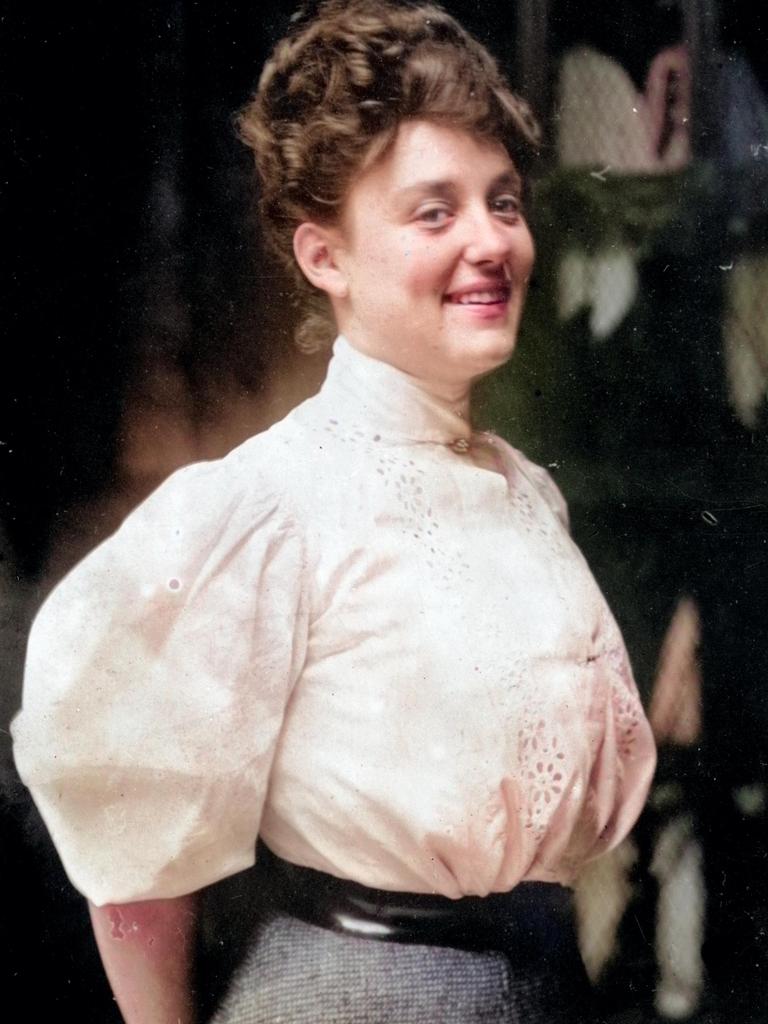
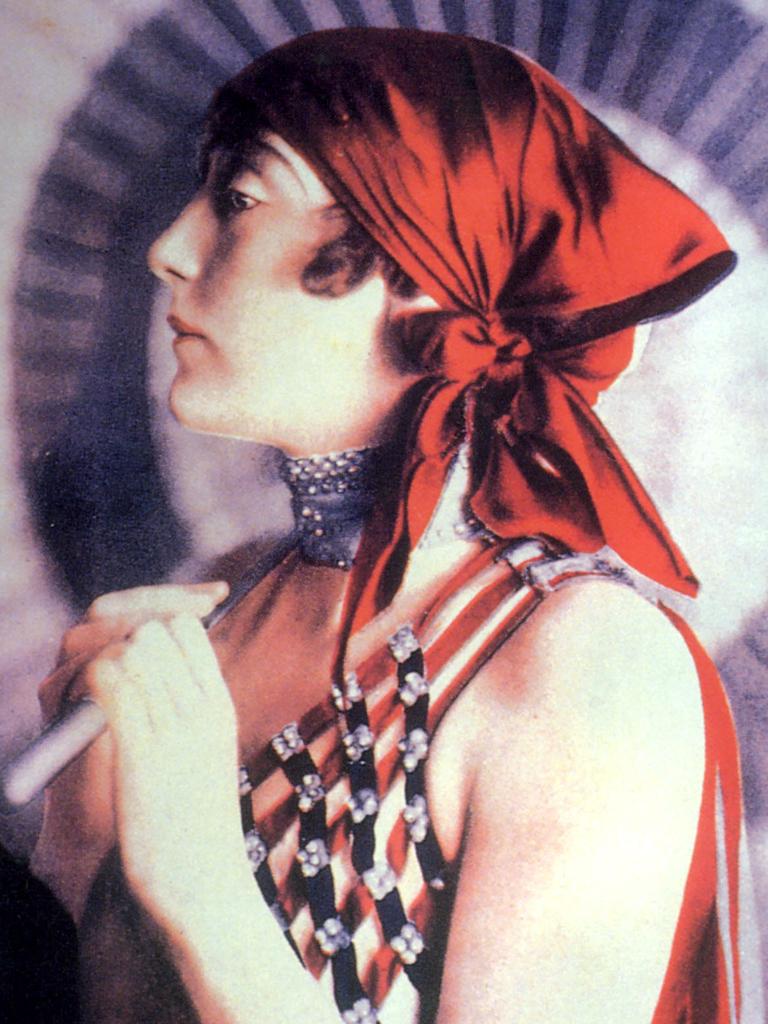
When one woman piped up to ask whether she should breathe from her thorax, Annette naively replied, ‘Dear me, I don’t know what that is. But I do know that swimming and dancing and systematic exercise and fish, eggs, and vegetables have kept me slim and graceful, and they ought to keep other women that way, too.’
Annette’s lectures would eventually take her across the US, to Canada and around the world. She spoke directly to women as though they were her partners in a shared health and beauty goal. She railed against the fashions of the time and the discomfort so many women experienced being squeezed into whalebone corsets that restricted their breathing and did untold harm to their circulation.
Corsets, she said, were ‘fiendish things injurious both to body and health’, which caused ‘endless harm and misery in the world’.
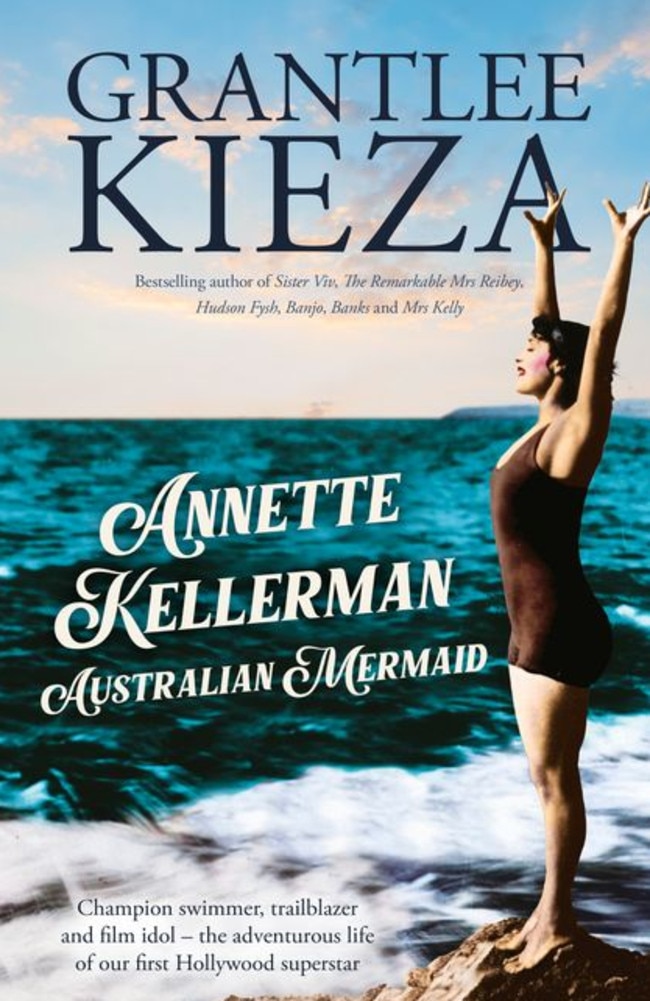
Annette harangued female audiences over their hobble skirts and tight waists, and their hats, which so many wore low like blinders that made it impossible to cross a street in a crowded section of the city unless there was a policeman ‘to pilot you over because your clothes will make you timid’.
Annette was receiving as many as 200 letters a day from women wanting to know how to look like her, and in between stage appearances she was acting as personal trainer to seventy-five wealthy New York ladies who wanted to learn how to swim and dive.
She opened her own office on Broadway as she and Jimmie – her manager who would become her husband – began a series of mail-order courses, costing fifteen dollars, providing women with exercises and advice to increase beauty, health and happiness.
DEFYING DEATH AND DANGER
Moving on from vaudeville, Annette talked her way into the movie industry and became a star – willing to risk her life for the perfect shot.
Decades before Wonder Woman became a comic marvel, Annette was a kickass heroine who beat up the baddest of bad men. While filming her first movie, Neptune’s Daughter, in Bermuda, she was thrown over a 16m cliff with her hands and feet tied. Actor/director Herbert Brenon had his cameraman shoot footage from their glass-bottomed boat to capture Annette as she did a ‘Houdini’ and freed herself to then go on a one-woman search-and-destroy mission against her enemies. Audiences found it breathtaking.
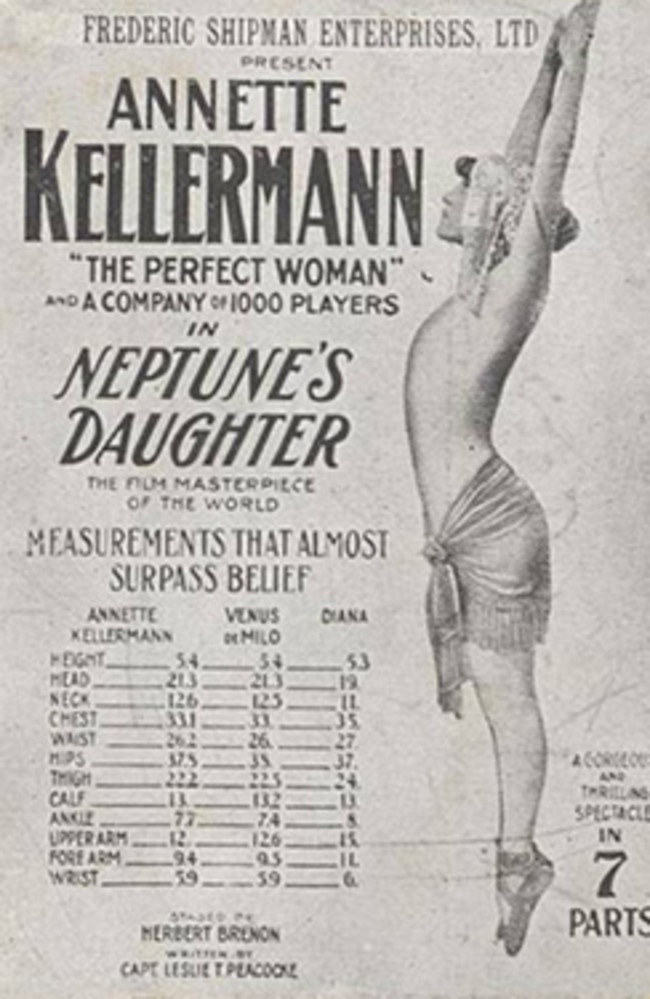
In another scene, Brenon’s villainous character wrestles with Annette on a clifftop before they both plunge into the sea together. ‘I told him I hoped he was a good swimmer because I didn’t want to have to pull him out,’ Annette recalled. Both of them were willing to try anything to make it a landmark film, even if they were hurt in the process. And they were.
In the fall, Brenon’s head struck Annette’s temple and both hit the water hard.
They floated to the surface. Brenon was a little groggy, Annette was out cold. Jimmie and Brenon’s assistant roared across in a speedboat and hauled her to safety.
Concussed or not, Annette was ready for work the next day. Her battle with Brenon’s villain was not over. After falling from the cliff, the script called for them to stage a fight to the death underwater. It was very nearly death for both of them.
For the underwater scene, Brenon had organised the construction of a cube-shaped concrete tank that could hold 30,000 litres. It was about 5 metres square with a large pane of glass at the front through which to film the action.
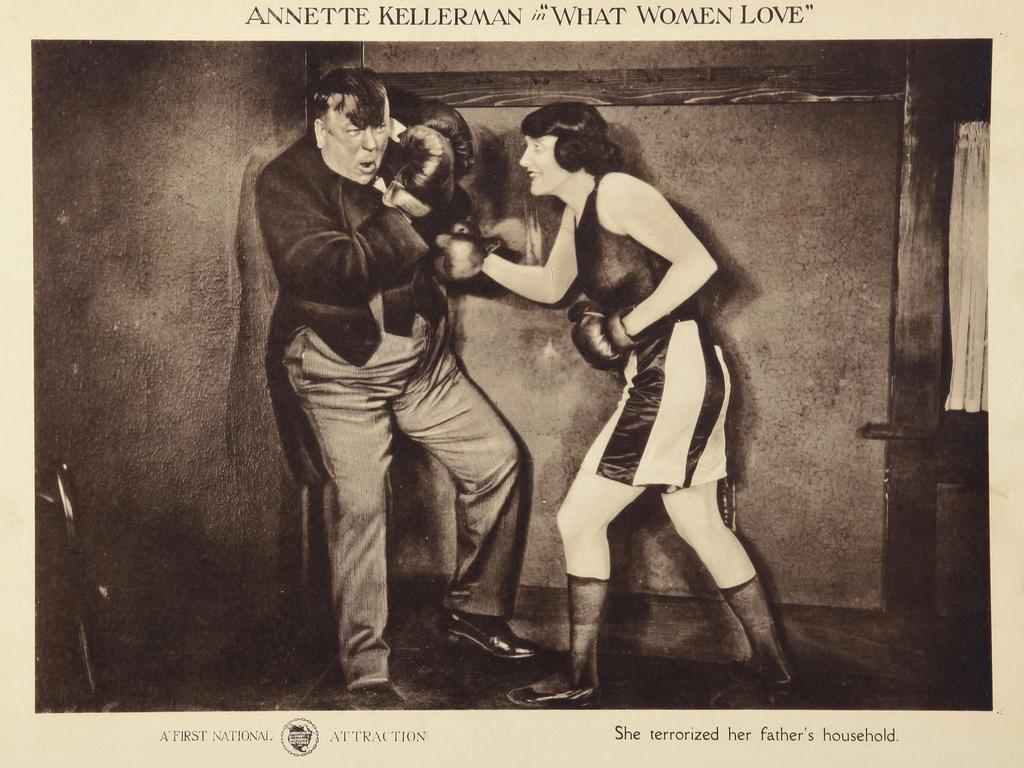
The glass was meant to be 3.7cm thick, but the builders used glass only half that thickness.
As they did take after take, surrounded by fish and a turtle, the glass began to wobble. Standing beside the cameraman, Jimmie yelled: ‘Come on out – you’ve got all the scenes you want.’ Annette couldn’t hear him. The glass wobbled a little more.
‘It won’t hold much longer,’ Jimmie shouted. ‘It’s too thin for the pressure.’
Annette and Brenon resurfaced for a deep breath. Then, despite the pleas to pack it in, they dived back under the water.
They had hardly gone under when there was an almighty ‘Boom!’ It was ‘like the echo of a firing cannon and tons of water rushed through the smashing glass’.
Annette and Brenon suffered horrific cuts as they were hurled through the broken glass, along with the turtle, the fish, the rocks and everything else in the tank, knocking over onlookers.
Annette and Brenon lay motionless among the wreckage, both covered in blood. Brenon looked as though he had been hacked to pieces with a hatchet. He had suffered shocking cuts to his face and neck, and his left arm had been sliced open from his armpit to his wrist. That wound alone required forty-six stitches and he spent three weeks in hospital.
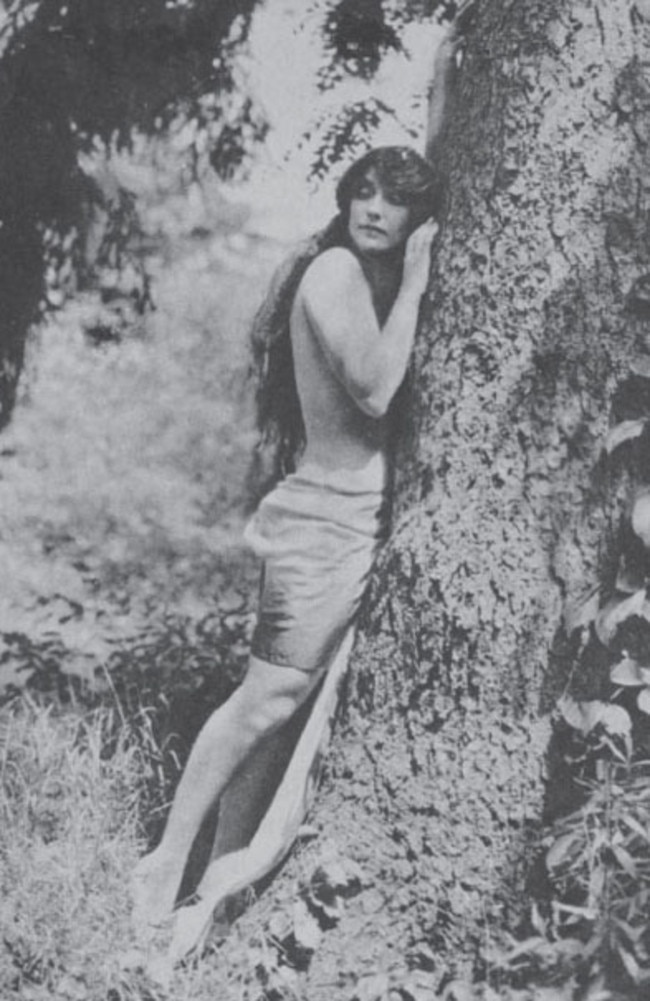
Annette had been cut badly on the right leg and foot; it was six weeks before she could stand properly and she would bear the scars for the rest of her life. But she had been spared the worst of it. With so much experience in swimming underwater she had instinctively crouched and gone with the running water so that her feet took the impact.
This is an edited extract from Annette Kellerman: Australian Mermaid by Grantlee Kieza. It will be published by HarperCollins on April 2.



